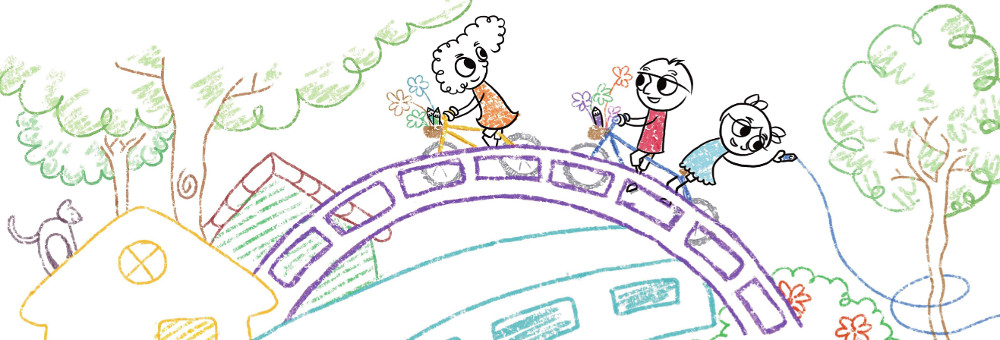Usability tests with kids is similar people to simplicity testing with adults. To acquire the most out of your sessions, and ensure the child is definitely comfortable and happy, there are many differences that you should be aware of.
Stress of new people and surroundings
Children are far more probably than adults to find coming across new areas and people aggravating. You should always keep in mind this, therefore try to find as much ways as possible to relax the kid. Some things you could do will be:
– Allow a tremendous period of time – at least 10 minutes – to meet the child. This is vital in putting them at ease before beginning the session. A lot of easy what you should talk about may be computer games, cartoons, sports or perhaps school. Aiming to make each of the equipment applied during the practice session match what the child uses at home/school (phone up their parents/teachers beforehand to check). — Try to end up being as comforting and reassuring as possible. appsdigi.com They have especially important to make it very clear to the kid that you want their particular views on the website and that you are not testing these people. – Arrange for the fact that younger children may prefer their particular parents to be in the assessment room with them. Make sure parents be aware that they should avoid the child’s line-of-sight and not help or distract them.
Asking for help
Children are far more accustomed to asking for – and receiving — help than adults, therefore it is very important just for the pemandu to:
– Obviously explain at the outset of the test that you would like the child to work with the site automatically – Make a continual effort to deflect any such questioning through the session itself
Specific manners of disperse questions range from:
— Answering a question with a question (e. g. What do you imagine you should do now? ) – Re-stating you want the child to use the site by themselves – Requesting the child to obtain one previous g’ ahead of you move on to something else
Children obtain tired, uninterested and discouraged more easily
Children (especially of more youthful ages) are much less inclined — and/or capable – to use themselves to a single process for a extented period. Some ways to do the job around this happen to be:
– Limiting times to 1 hour or fewer. – Spending short fractures during periods if the kid becomes tired or irritable. – Making certain sessions cover the supposed tasks/scenarios within a different purchase – this will make sure that a similar scenarios are certainly not always tested by exhausted children, who also are less prone to succeed/persevere. — Asking the child for support so as to provide these motivation (e. g. asking ‘Could you please understand for me methods to… ‘, or perhaps by essentially pretending never to be able find/do something around the site). – Keeping up a stable stream of encouragement and positive opinions (“You’re performing really well and telling all of us lots of valuable things – it will really help make this website better. Continue the good work! “).
The importance of nonverbal tips
Children can’t remain relied upon to verbally articulate their thoughts/feelings, either due to their:
– Not being articulate enough — Being shy – Not wanting to say the incorrect thing and displease the – Expressing things that they don’t believe that just to make sure you the adult
This will make it particularly critical that the simplicity expert be sensitive to children’s non-verbal cues, just like:
– Sighs — Smiles — Frowns – Yawns – Fidgeting – Laughing — Swaying – Body position and posture
Physical differences
A couple of very obvious — but quickly forgotten — differences which in turn need to be considered are:
– Chair and stand settings – Make sure you own a chair/table setting that allows the child to comfortably makes use of the equipment throughout the session. – Microphone ranking – Kids tend to have less busy voices than adults, consequently microphones needs to be placed a bit nearer towards the participant than normal.
Levels of literacy and understanding
It is advisable to ensure that a session’s player has an accurate understanding of the scenario getting presented to them. Several ways to do that include:
– Asking participants to re-phrase scenarios/goals in their individual words. – Asking participants to duplicate a scenario (i. e. what they are planning to achieve) if the task has gone on for some time and you think they may contain forgotten it.
